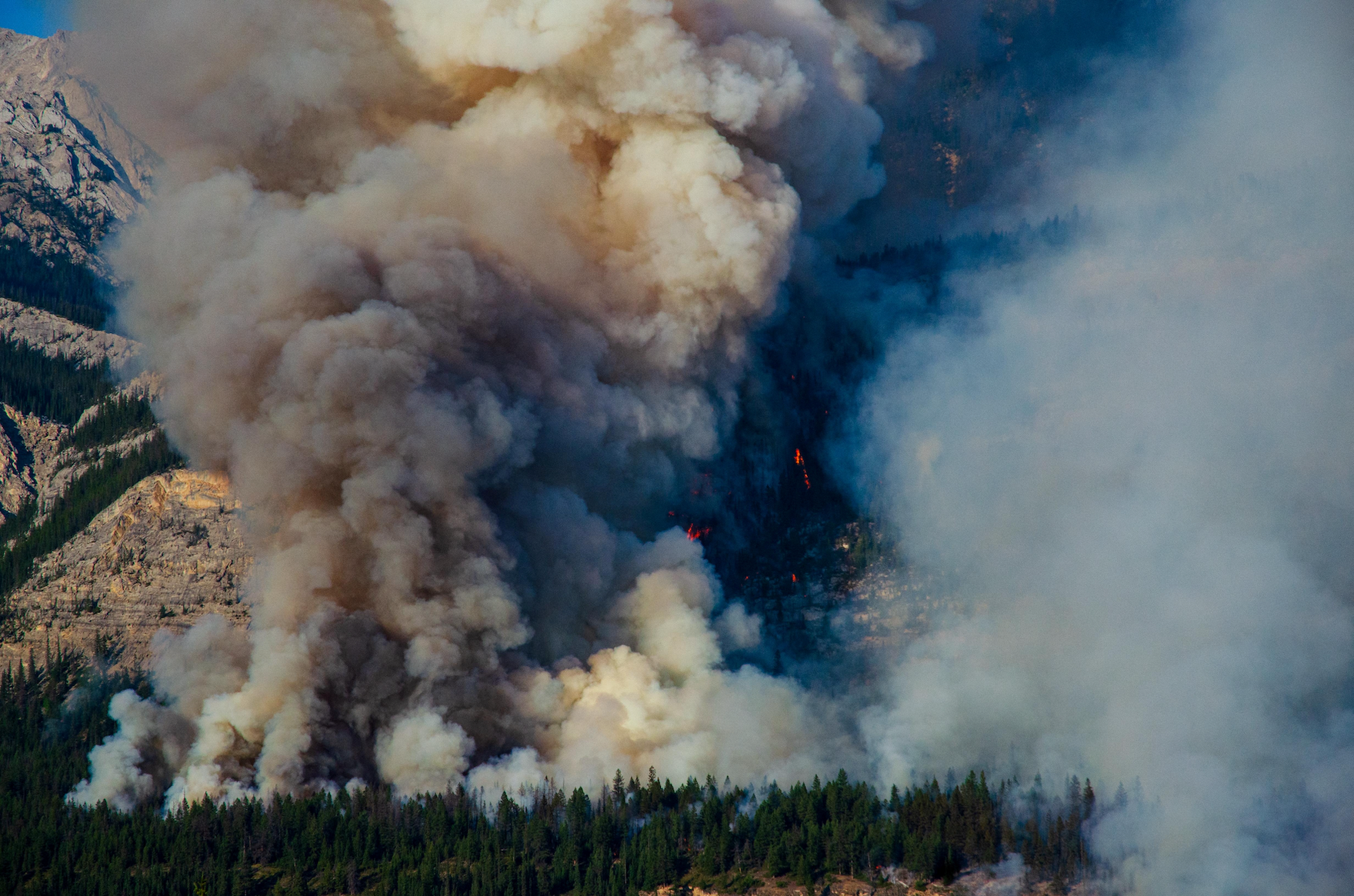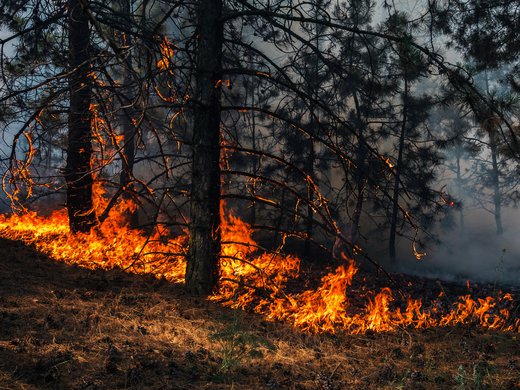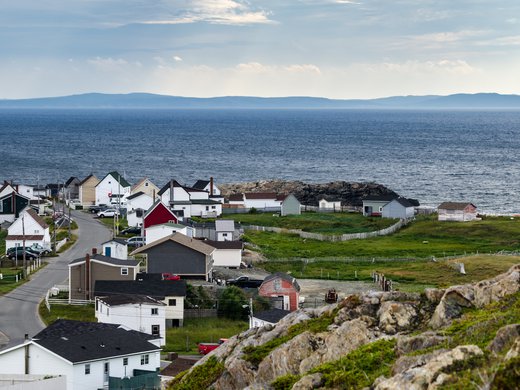As the sun set on another gruelling wildfire season in Canada, the devastating impacts of climate change were glaringly evident. While not as calamitous as 2023, this year’s fires were some of the worst on record, leaving behind scorched landscapes, displaced communities and a heightened sense of urgency. The response to these fires — while commendable in many respects — also highlighted significant shortcomings in our approach to managing climate-driven emergencies.
The involvement of military organizations, including the Canadian Armed Forces (CAF) and the North Atlantic Treaty Organization (NATO), has been critical in some respects, but their role also underscores a larger issue: our existing military structures are not purpose-built for the complex challenges posed by climate change. What we need now is a dedicated emergency response force specifically trained and equipped to handle the unique demands of extreme weather events.
Military organizations, whether focused on national security (such as CAF) or collective defence (such as NATO), are designed to meet the challenges of conventional definitions of security. While their logistical capabilities and organizational discipline are impressive and have indeed been mobilized effectively in disaster response scenarios, these forces are not optimally suited for the nuanced and rapidly evolving nature of climate-related emergencies.
Moreover, the scale of climate-driven disasters often far exceeds the capacities of military units. Wildfires, floods and extreme weather events can affect vast areas simultaneously, overwhelming even the most well-equipped military contingents. The CAF, for instance, while capable of providing valuable support, is ultimately a finite resource that must balance its roles between national defence and domestic emergencies. Relying on military resources for routine disaster response risks straining these forces and potentially compromising their primary mission of defence — a point recently made by Col. Mike Babin, the CAF Visiting Defence Fellow at Queen’s University, who referred to the increasing calls being made on the CAF to respond to domestic disaster relief operations as wasting its resources.
Another crucial limitation is the nature of military training and equipment. Armed forces are not typically equipped with the specialized tools required for climate response, such as advanced fire suppression technology, flood control systems or ecological monitoring equipment. There are even seemingly mundane challenges, such as the wear and tear on military road transport vehicles, which actually shortens their lifespans because they are not meant to be travelling long distances on pavement. Moreover, the CAF’s helicopters are not equipped with the Bambi Buckets that were invented in British Columbia to help with fire suppression and which are used in 110 countries to fight wildfires.
The solution is to invest in a purpose-built emergency response force. Such a force would be designed specifically to address the complexities of climate-driven disasters. This specialized force would combine elements of environmental science, emergency management and community resilience, operating with tools and training tailored to the unique demands of climate change.
This new emergency response force should focus on several key areas. First, it would require comprehensive training in climate science and disaster management, equipping personnel with the knowledge to anticipate and address various types of extreme weather events. Second, it should be equipped with specialized technology and resources, such as advanced fire suppression systems, flood management tools and infrastructure repair equipment. Lastly, it must foster strong partnerships with local communities, integrating their knowledge and needs into the response strategies to ensure more effective and culturally sensitive interventions.
Investing in such a force is not just a matter of logistical necessity but a strategic imperative. Climate change is a defining challenge of our era, and its impacts are certain to worsen. By creating a specialized emergency response force, Canada can better protect its citizens, preserve its environment and build resilience against future crises. This approach will also free up military resources to focus on their primary mission of defence, while ensuring that climate-related emergencies are managed by experts in the field.
Of course, cost is a significant concern, especially amid an ongoing affordability crisis and the decreasing appetite for major new government-spending programs. However, military responses are notoriously expensive. By reducing the increasing reliance on the military to deal with climate change emergencies, and by developing more effective responses to and prevention of climate-induced emergencies, the costs of this new force can be more than offset in the medium to long term.
As we look ahead to the next wildfire season and beyond, the message is clear: it is time to rethink our approach to disaster response. The scale and complexity of climate-driven crises demand a dedicated, purpose-built force that can address these challenges with the expertise and resources they require. Although there would be a great number of details to work out for what this force would look like and do in practice, by acknowledging the need for such a force and beginning the planning process, we can be one step closer to better safeguarding our communities, our environment and our future in an increasingly uncertain world.



